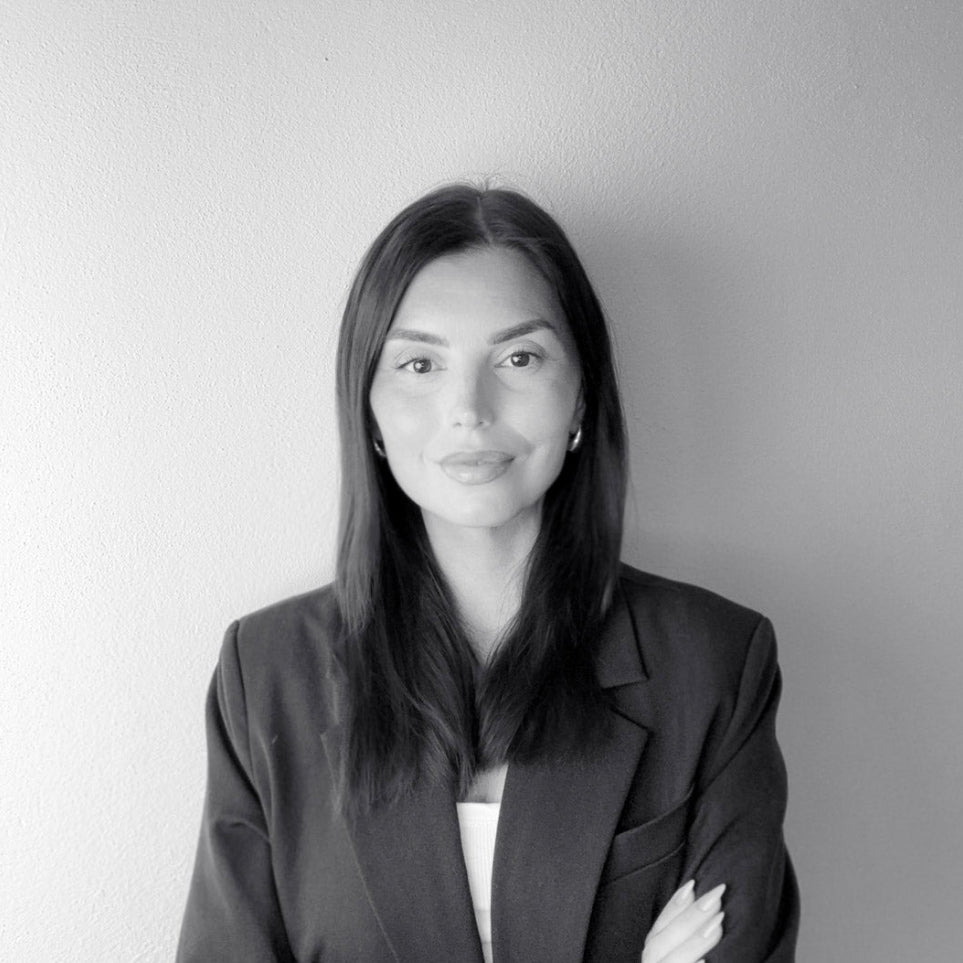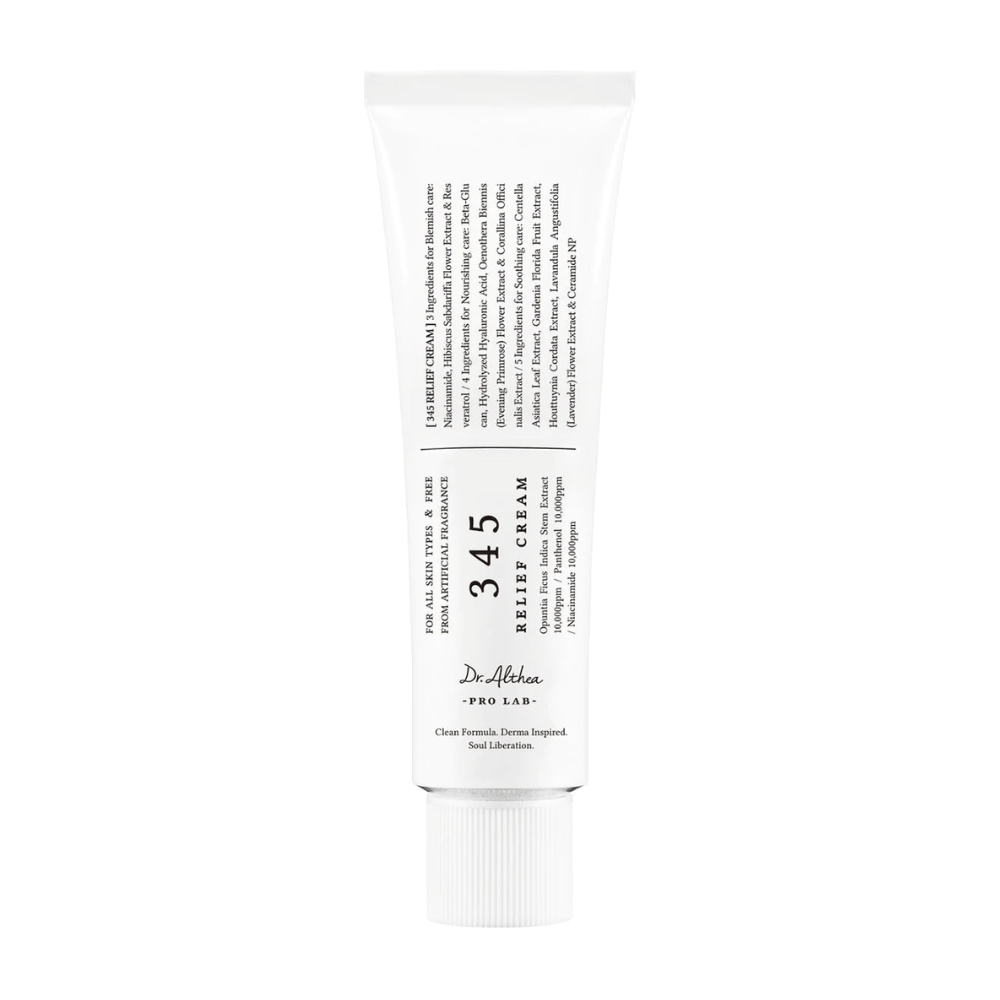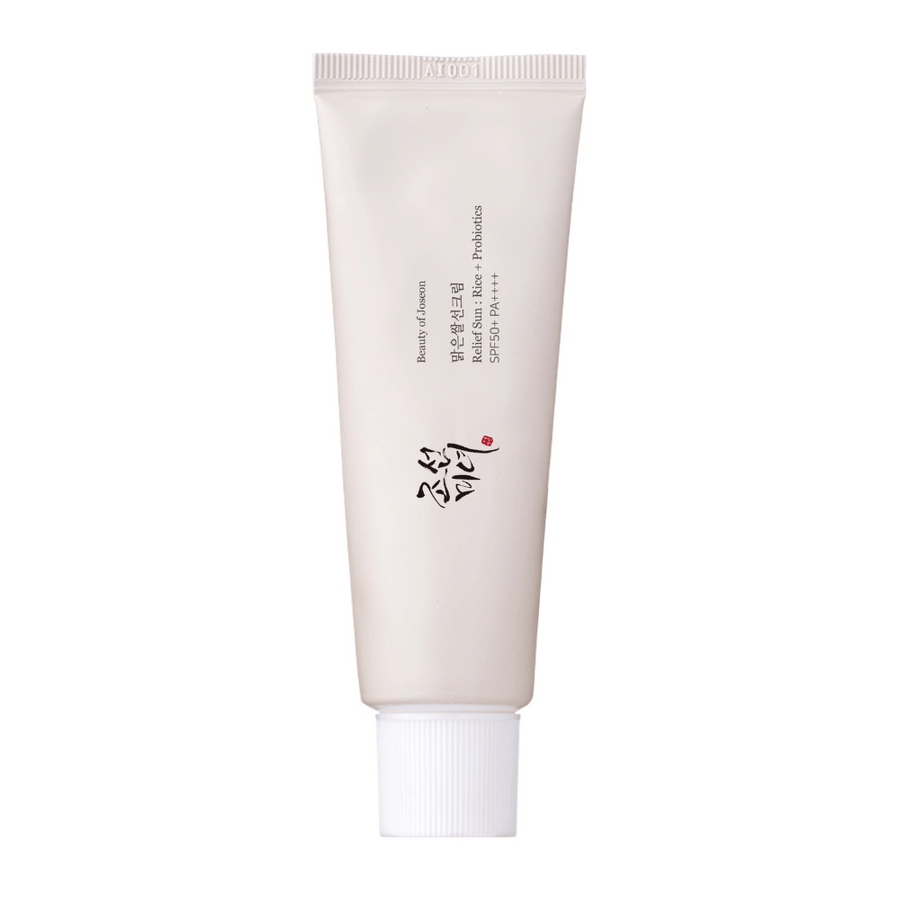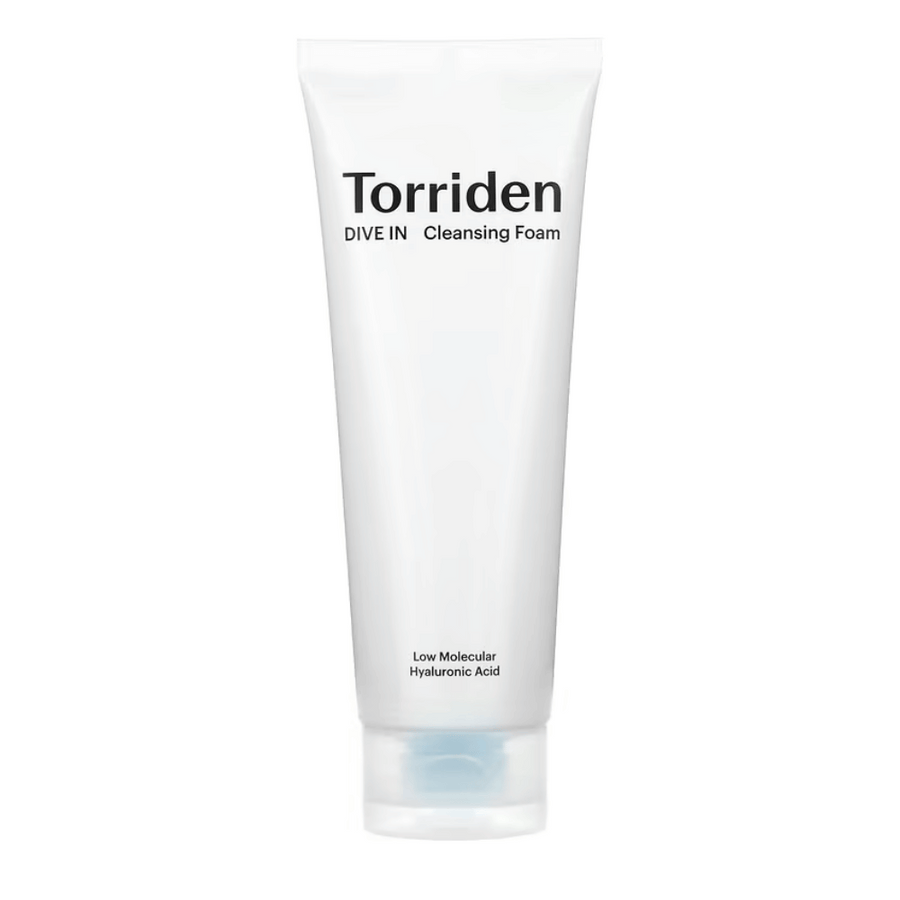Prevent fine lines with Korean skincare
Why do fine lines occur and when should you start preventing them?
Fine lines are one of the first signs that the skin is starting to age. Over the years, collagen and elastin break down, and the skin gradually loses its elasticity and moisture. Already in the mid-20s, the body's own collagen production begins to slowly decrease (about 1% per year after 25). Generally, the skin starts to age around 30, when fine lines and small wrinkles may begin to appear, especially around the eyes and mouth. However, this does not mean you should wait until 30 to care, starting prevention in good time can give the skin better conditions in the long run.
When is the right time to start with anti-aging?
The simple answer is when you feel ready, but preferably before fine lines become permanent. Much depends on lifestyle, how much sun you have exposed your skin to, smoking, stress, and similar factors play a role. The sun's UV rays are actually the skin's worst enemy when it comes to aging, so a good sun protection routine is perhaps the most important thing to counteract early lines. At the same time, fine lines appear more easily if the skin is dry and inelastic, so keeping the skin hydrated is crucial.
Why do we get fine lines?
Natural aging is the biggest factor, with increasing age, cell renewal decreases and the skin's building blocks (like collagen) break down. But external factors such as sun damage, pollution, and lifestyle accelerate the process. Repeated facial expressions (laughing, frowning) can create mimic lines, and dehydration can lead to so-called dryness wrinkles. Genetics also play a role, but with the right skincare, we can delay and mitigate these signs.
Korean skincare philosophy with layering
A central part of Korean skincare is the focus on prevention rather than treatment. Instead of waiting until wrinkles are here, emphasis is placed on early and consistent care to keep the skin in top condition. One of the secrets is layering, the layer-on-layer method, where several thin layers of products are applied. Each product has its task, perhaps one for moisture, a serum for nourishment, and a cream to lock everything in. By building up the routine step by step, you maximize the effect of each layer.
Korean skincare is much about hydration. The term "chok chok" is often used to describe the dewy, deeply hydrated skin that many Korean products strive for. Skin that is plump, soft, and has a light glow. Moisture is key to keeping the skin barrier strong and lines away. By applying several layers of moisture (e.g., toner, serum, and then a cream), you ensure that the skin gets the fluid it needs. A healthy, hydrated skin makes fine lines less visible while preventing new ones from appearing.
Another advantage of layering is that you can customize the routine. Korean skincare is known for many steps (the famous 10-step routine), but it is not an absolute rule; the important thing is the order and the content. A rule of thumb is to go from the thinnest to the thickest formula, for example, a light, water-based Essence first and a richer cream last to lock in moisture. By applying products in the right order, they work better together, and the skin can effectively absorb the ingredients. The result is skin that is saturated with moisture and nutrients, the best foundation for keeping lines and wrinkles at bay.
Three key ingredients against fine lines
The K-beauty world is full of exciting ingredients, but when it comes to combating fine lines, there are three stars that are often highlighted: retinol, collagen, and snail mucin. Here we go through what they do and why they are worth their weight in gold for a youthful skin structure.
Retinol
Retinol (a form of vitamin A) is perhaps the most talked-about anti-aging ingredient globally, and for good reason. It has strong scientific backing when it comes to reducing signs of aging. Retinol increases cell turnover and stimulates new collagen production, which can effectively reduce fine lines and improve skin texture. Many also find that skin tone becomes more even and that retinol can help with pigmentation spots and acne. Dermatologists give retinol the green light because it can actually smooth out fine lines and increase skin firmness – but it's important to use it correctly.
In Korean skincare, retinol started to become popular in recent years, and now there are several K-beauty products that contain retinol in various strengths. You often find retinol in serums or ampoules, or alternatively in night creams designed for anti-aging. Since retinol makes the skin more sensitive to light, it is usually used in the evening. A typical Korean routine might, for example, have a retinol ampoule after cleansing and toner in the evening, followed by a moisturizer. Remember to introduce retinol slowly, start with a few times a week and see how the skin reacts. Over time, you build up tolerance and can get the most out of this super ingredient.
Collagen
Collagen is the fibrous protein in the skin that provides structure and firmness, but can you really apply more collagen? The answer is yes and no. Eating or applying collagen directly does not replace the skin's own collagen (the molecules are too large to penetrate the skin). However, added collagen in skincare works as an excellent moisturizer. It binds moisture like hyaluronic acid and can temporarily "fill out" the skin so that fine dryness lines become less prominent. The skin looks immediately more plumped and full when it is healthy and hydrated.
Many Korean products are marketed with collagen, but often it is in the form of hydrolyzed collagen (broken down into smaller components) or combined with peptides and vitamins that stimulate the skin's own collagen production. For example, a serum may contain amino acids and retinol or vitamin C that trigger collagen. In K-beauty, you can find collagen in moisturizing sheet masks, eye masks, and some night creams. These products provide a "boost" for special occasions when you want to wake up with extra refreshed, firm skin. Although collagen creams do not permanently erase wrinkles, they help keep the skin supple and prevent dryness lines from deepening.
Snail Mucin
The thought of snail mucin on the face may make many wrinkle their noses, but in Korean skincare, snail extract is almost like gold. Snail mucin is full of skin-friendly substances, including hyaluronic acid, antioxidants, natural peptides, and allantoin, which together moisturize, soothe, and repair the skin. One of the most exciting properties is that snail mucin can stimulate collagen production in the skin thanks to the content of copper peptides, helping the skin increase elasticity and reduce fine lines. In other words, snail mucin is an anti-aging ingredient, but in a milder and natural way.
In K-beauty, snail mucin is popular in several types of products. Perhaps most famous is snail essence – a type of concentrated, light serum that you pat in after your toner. A classic is COSRX Advanced Snail 96 Mucin Power Essence, which contains as much as 96% snail secretion and is known for repairing and giving glow. You can also find snail mucin in ampoules and serums as well as in creams. Snail creams are often all-round products that both deeply moisturize and lock in moisture, perfect as the last step in the evening. For an extra luxurious boost, you can try a Sheet mask with snail, these masks are drsoaked in snail extract that the skin can indulge in for 15-20 minutes. Snail mucin is also suitable for all skin types, from dry and sensitive to oily and acne-prone skin, thanks to its moisturizing but non-irritating nature.
How to Build a Simple Anti-Aging Routine
Now that we've gone through why and what, but how do you put this into practice? An anti-aging routine doesn't have to be complicated or consist of ten different steps. Here is a simple basic routine with Korean products that you can adapt to your skin.
Cleansing
Always start with a gentle facial cleanser in the evening to remove makeup, SPF, and dirt. Korean double cleansing often means first an oil-based cleanser, then a water-based one. In the morning, a mild cleanser is sufficient. Clean skin can better absorb the fine ingredients you apply afterward.
Toner/Essence for Moisture
Instead of using a strong product after washing, Korean skincare focuses on toners which is moisturizing and prepares for the next step. Pat in a moisturizing toner or directly a Essence to saturate the skin with moisture. This step makes the skin receptive to the serum. For example, you can use a toner with hyaluronic acid for extra antioxidant protection.
Serum/ampoule
Serum is the step where you add the active ingredients that work on fine lines. During the day, it can be a serum with antioxidants (e.g., vitamin C) to protect and give radiance. In the evening, you can choose a retinol serum or a snail ampoule. If you have both and want to maximize, you can alternate: maybe vitamin C in the morning and retinol in the evening. Let the serum sink in for a minute before the next layer.
Moisturizer
A good face cream finishes the routine in the evening and "locks in" everything you've applied underneath. For daytime, choose a lighter gel cream if you have oilier skin, or a richer cream if you are dry. Many Korean night creams are formulated with collagen or ceramides to repair during sleep. Don't forget eye cream if you want to give extra care around the eyes, where the skin is thin and fine lines often appear first.
Sunscreen
In the morning, the last step is always sunscreen. This is crucial to prevent new lines and pigmentation spots from forming. Use sunscreen every day, all year round. Many Korean day creams and foundations have SPF built-in, making it easier to remember.
Tips for different skin types
A major advantage of K-beauty is that there are products for all skin types. Here are some specific tips for adapting your anti-aging routine.
Oily skin
Opt for light, gel-based products. A snail essence or a serum with snail mucin can provide a lot of moisture without being heavy or greasy. Choose an oil-free moisturizer and avoid overlapping too many thick layers. Retinol often works well for oily skin as it can help keep pores clean, start with a low strength so you don't over-exfoliate.
Dry skin
Here, layering is your best friend. Use a moisturizing toner several times ("7 skin method" where you pat in toner repeatedly) and follow up with a Essence and serum rich in hyaluronic acid or snail mucin for maximum hydration. Choose a nourishing cream, preferably with collagen or ceramides, as the last step. If you introduce retinol, make sure to top with a facial oil or rich night cream so the skin doesn't become unnecessarily dry or irritated.
Sensitive skin
Proceed gently and choose mild formulations. Snail mucin is a fantastic ingredient here as it is soothing and anti-inflammatory. Preferably use a basic routine with few but effective steps. If you want to try retinol, start with a very weak variant or try an alternative like bakuchiol (a plant-based retinol substitute). Always patch-test new products and let the skin get used to them before adding the next. Look for products without fragrance and with many moisturizers (e.g., panthenol, aloe vera, centella asiatica) to strengthen the skin barrier.
In conclusion, remember that a consistent routine is more important than having the longest routine. A simple routine you follow every day beats an advanced routine you only manage to do occasionally. With Korean skincare's focus on moisture, layering, and well-proven ingredients like retinol, collagen, and snail mucin, you have all the tools you need to prevent fine lines and keep your skin both healthy and glowing well into the years.

Amanda Jensen
Amanda is a passionate beauty expert with extensive experience in Korean skincare, haircare, and makeup. She loves testing new products, delving into ingredients, and sharing tips that help you find what truly works. You can reach Amanda at info@koreanbeauty.se for questions or feedback.








